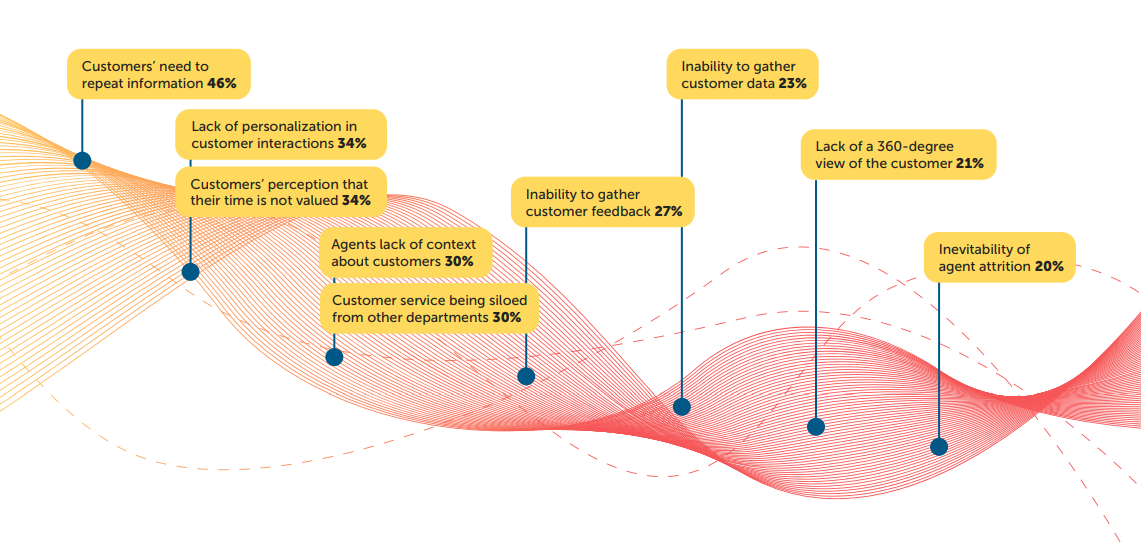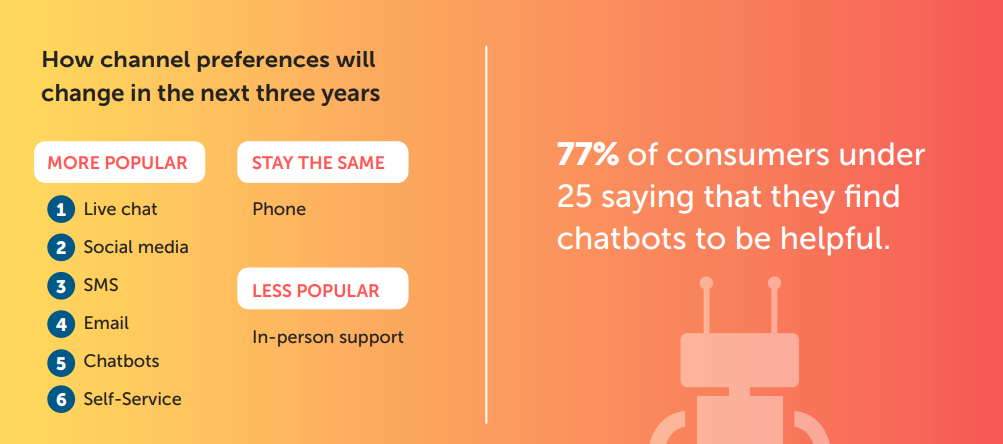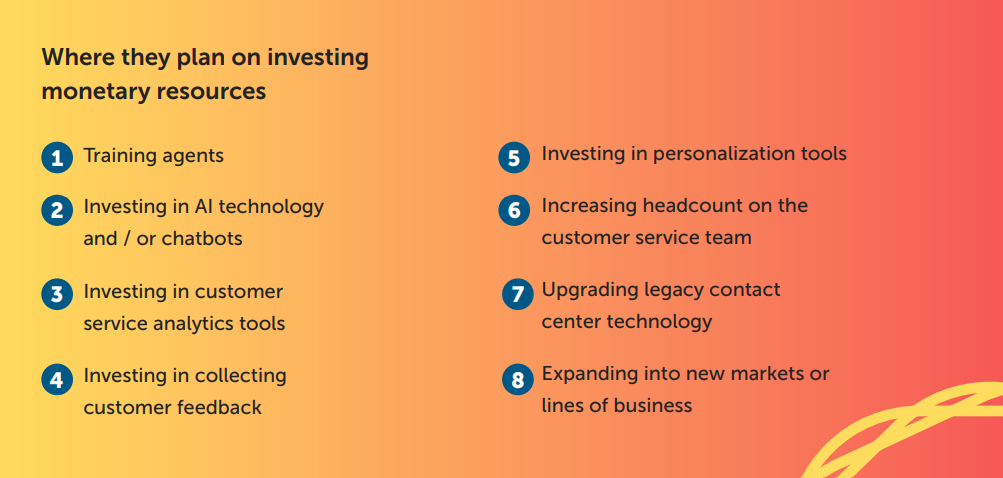This article looks at the growing importance of Customer Experience (CX) as a driver of revenue growth in the post-pandemic world, and how Zailab is the perfect solution for a company’s contact centre space where CX is valued. Statistics show that automation, personalization, and data system integrations are the key growth areas for CX platforms, and Zailab’s innovative solution ticks all these boxes.
Introduction
We have always been firm believers in the importance of customer experience. Anecdotal stories of good customer service were certainly part of my upbringing, with my father reflecting on how well he was always looked after by Toyota. Even though he doesn’t drive a Toyota anymore (he did drive many during his life), all Toyota models are ‘solid’ in his books.
I’ve also experienced the inverse with my father, in how the wrong customer service can keep him away from brands for life. There are certain airlines and telecom companies that will likely never see a cent from him again, all because the customer service he received fell far short of his expectations, even though in many instances the product and price are actually better.
We weren’t surprised, therefore, when we read through the findings of a report published in the Customer Experience Magazine (CXM), titled “Kustomer Report: What the Future Holds for CX Organizations” written by Jon Picoult in March 2022. The report looks at data collected from Customer Experience (CX) professionals, and all the findings I talk about in this article are directly from that sole report.
In summary, the report finds that:
- The importance of CX in driving revenue growth is going to become more important over the next 3 years
- Customers are steering towards companies that have more complex (better) CX solutions
- Businesses are therefore investing in better CX solutions to match consumer expectations, which have evolved massively over Covid
- In terms of particular issues, businesses are looking for:
- Better systems integrators so that agents don’t have to toggle between countless systems to locate customer data (time-saving)
- Solutions to enhance personalization
- Increase automation so that agents can spend more time on complex issues
These findings are helpful for us because they allow us to look at our current solutions and make judgments about our own trajectory.
Main Challenges
Knowing where CX is struggling is the obvious starting point in looking where to invest. The key issues highlighted by the report are that current solutions:
- Don’t integrate data systems well enough
- Are not personalized enough
- Don’t predict customer needs
- Fail to adequately collect customer feedback
- Fail to adequately analyze data to spot trends
- Don’t have a complete view of the customer
- Don’t utilize the communication channels the customers want to engage on
- Don’t provide consultative support
On the back of these highlighted issues, CX organisations hope to eliminate the following challenges in the next three years

As you’ll no doubt gather, the challenges mentioned above all point back to the three core issues that the Kustomer Report mentions as the key themes for CX success moving forward:
- improved integration of data systems
- improved personalization for the customer
- more automation to allow agents to spend more time on complex issues and reduce attrition by reducing customer frustration
Points 1 and 2 go hand in hand really, because the only way to increase personalization is by having better access to customer data, quickly. This prevents the agent from asking more questions because the information is already in front of them, and is less time wasted for both the agent and the customer. The report puts it nicely:
“[T]hat information is available at the click of a button, allowing the agent to personalize the customer’s experience by giving fine-tuned advice, addressing problems proactively, and suggesting other products or services the customer might enjoy. The result? An efficient but personal interaction that builds a lifelong customer relationship.”
Based on the above, the report also highlights what the CX professionals deem to be the biggest targets for CX success. They can largely be pooled into the same themes, with the addition of call success. Improvements around data, personalisation, automation, and call success. All these targets fit into those categories

Channels
So having identified the weaknesses and the challenge ahead, the report then goes on to look at how customers prefer to engage with businesses. The results are pretty interesting:

Markets and consumers change over time. This is well known. Younger generations of consumers are starting to veer away from the phone as the dominant platform for CX, and move towards digital channels such as Live Chats and Social Media. They are also much more open to engaging with a Bot than older generations. It therefore comes as no surprise that omni-channel communication platforms are going to become fundamental components of the CX machine in the next 3 years.
Working from Home
The prediction that reached the highest consensus amongst the CX professionals surveyed was that remote working is here to stay. As such, CX solutions need to be able to accommodate this, and as hard as I tried I couldn’t put it better than the report itself:
“It’s important to ensure that the technology businesses have in place allows for collaboration between remote team members, so teams can pull in the necessary individuals to solve customer issues quickly. Leaders should also be able to manage their team with confidence, even if they can’t be beside them. Having a view into what agents are working on, and being able to intervene if necessary, is key to a successful remote CS team. And most importantly, any customer service platform leveraged by CX teams should be easily connected to by all of your agents with a basic internet connection and standard browser.”
Put Your Money Where Your Mouth Is
Just to summarise where we are so far, before I get started on this section.
- CX is going to be a big factor for businesses
- We highlighted the key issues to tackle are
- Integrating data systems
- Personalization
- Automation to free up agents
- Call success
- Omni-channel is the way forward
- Remote working is here to stay
Where, then, are CX companies putting their money?

Companies are buying CX solutions that increase their own automated efficiencies whilst making the client feel more valued. Sounds like a juxtaposition right? Well not really:
“The modern customer wants to buy a product or service, but they don’t want to be treated like a transaction. They’re expecting an experience — and if that experience is a positive one, then a one-time purchase often becomes a lifelong interaction with a company that understands their wants, needs, pain points and history. Unfortunately, most companies are still living in the early digital dark ages, treating their customers like tickets in a queue rather than individuals with real desires and concerns. Instead of marshaling their vast stores of data to proactively identify and engage specific customers, many companies are still relying on outdated customer service models that waste their money and their customers’ time. This misguided approach frustrates customers — and can hurt a businesses’ bottom line.”
What makes a personalized service?
- Quick
- Empathetic
- Proactive
- Consultative
- Personalised (obviously)
- Omni-channel
“Imagine being matched with the same agent repeatedly, perhaps one that shares the same food allergy as you, or has personally traveled to the city you’re booking a flight to. This not only makes a customer feel heard and valued, but also provides a standout service experience that can allow a brand to separate from the pack”
Companies that are able to deliver a relevant, personalised customer experience by having:
- the right agent dealing with the query;
- the right data systems;
- omni-channel communications;
- and ultimately a 360 degree view of their customer,
are expected to benefit from double digit growth in the next few years, because the customer is going to feel seen and heard. When customers are made to feel like people, they become extremely loyal and buy your product year after year, like my father with his Toyotas.
Zailab
So where does Zailab fit into all this?
Luckily for us, we foresaw these trends back in 2014, when we decided to build a cloud-based, omni-channel contact centre solution. We also made sure to include artificial intelligence hardwired into its coding to boost automation and route the caller to the most qualified agent. Personalisation and automation have been in our DNA since day one.
More specifically in regards to CX:
- It’s cloud-based, so the whole team can work remotely
- It’s omni-channel, so agents can speak to customers on any channel
- It integrates effortlessly with other systems, so agents get very fast data delivered straight to their dashboard. Agents get a 360˚ view of the customer
- It’s got speech analysis so agents can get tailored coaching
- Workflows can include built-in post-contact surveys so data is easier to collect
- The Waiting Room can incorporate strict SLA rules so customers don’t have to wait for too long
We have long been proponents of Customer Experience, which is why our slogan is “Rewarding Conversations”. Our philosophy is that keeping the customer happy keeps the agent happy, and this is good for business.